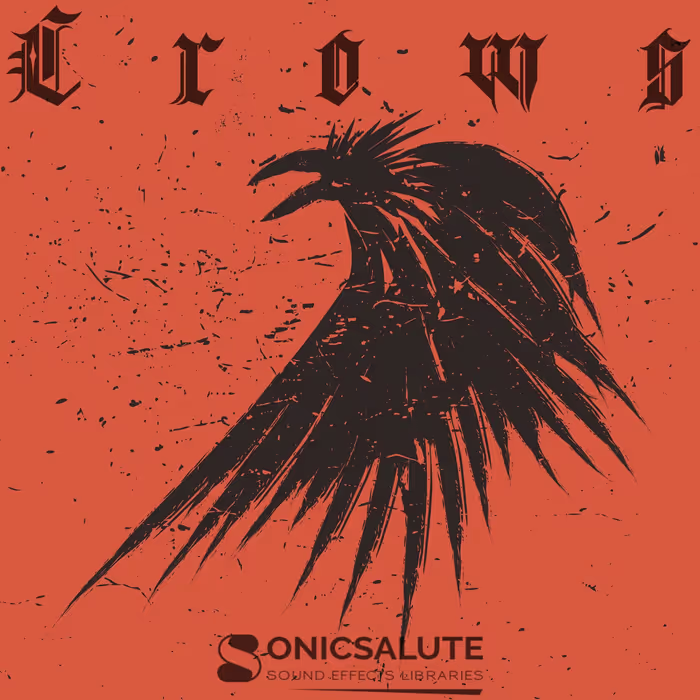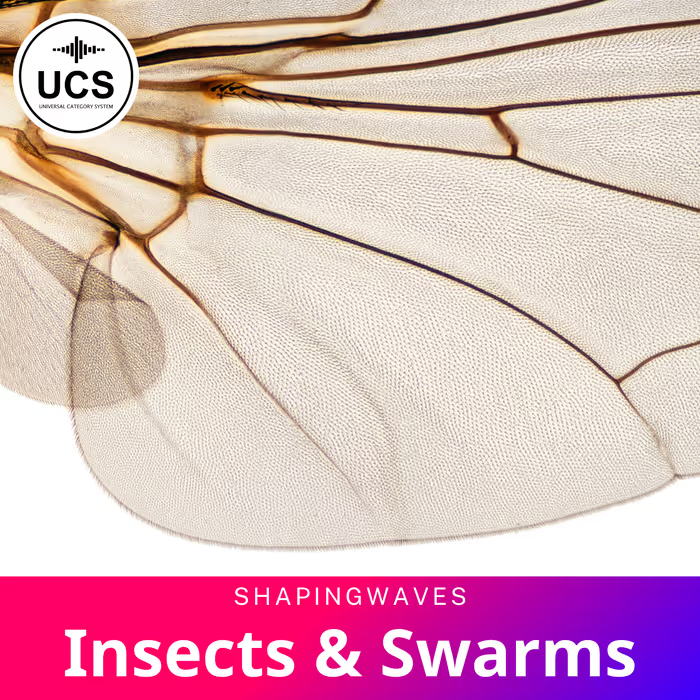Director Sian Heder’s film CODA recently won three Oscars: “Best Picture,” “Best Supporting Actor (Troy Kotsur),” and “Best Adapted Screenplay.” The story follows 17-year-old Ruby, the only hearing child of deaf parents. Ruby is torn between helping her family with their fishing business or pursuing her own path toward a signing career that starts with an education at Berklee College of Music.
Heder and the sound team created a vibrant sonic world for Ruby that, at key moments, is juxtaposed by the soundless experience of her parents Frank and Jackie, and her brother Leo. The transitions in and out were tricky, notes final re-recording mixer Alexandra Fehrman, and some are meant to feel uncomfortable yet not jarring – not an easy feat to accomplish.
The soundtrack started with Quebec-based supervising sound editor Martin Pinsonnault, who assembled a rich edit containing sound effects, dialogue editing, foley, BGs, and ADR. Next, a pre-mix was prepared by Stéphane Bergeron; this included composer Marius De Vries‘s score and music editing by Delphine Measroch. When it came time to craft the final mix, Heder called Fehrman to join the film. Heder and Fehrman began work on finessing the final details of the sound design and mix. Fehrman recruited Russell Topal to handle all the additional sound design that popped up in this phase before the final mix.
Here, Fehrman (who mixed the film solo at Formosa Group) and Topal talk about building up the ocean scenes, filling out the high school environments, making Frank’s truck rattle with rap music, helping Ruby’s on-screen singing to feel in situ, navigating the perspective changes, and so much more!
CODA — Official Trailer | Apple TV+
When did you get started on the film, and what were some initial ideas you and director Heder talked about for this film? Were there particular tastes that the director had, like rich backgrounds, or the prominence of foley? Can you talk about finding the sound of this film?
Alex Fehrman (AF): The sound was started in Montreal. The sound supervisor was Martin Pinsonnault and it was pre-dubbed by re-recording mixer Stéphane Bergeron. Sian [Heder] had a strong desire to have the opportunity to work with a mixer in person for the final, and so she sought out a Los Angeles-based mixer to final what the sound team in Montreal had started.
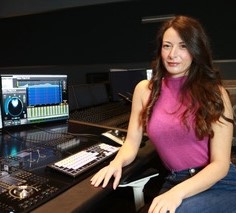
I had worked with some of Sian’s colleagues in the past, and they had recommended me to her. So I got the film and Sian wanted me to start on my own so that she could see if we align, sonically. I watched the film and gave her all of my ideas and additional spotting notes – details I believed we could highlight. There were some key places, particularly the opening scene; I was really interested in making all of those waves feel real, to feel like we were coming up on the waves. I wanted to make sure that we felt each individual wave and that we could feel the vastness of being out in the ocean and to make sure that we got the perspectives of Ruby singing. I made notes on the character of the boat that they were on.
I also pointed out some of the background sounds, like for the lake scenes, the backgrounds while they were in the school, and for the bar scene on the Wharf. I wanted to massage in the group, to make sure we felt rooted in the environments we were visiting. And, I wanted to work a bit on the fistfight, making it sit on the fine line of very realistic, yet still powerful.
I also had some ideas for the performance scene, the coast guard scene, and the townhall scene.
What the original sound team had done was great, and we just needed to put the icing on the cake. The mixer Stéphane gave me a beautiful base to start with. It was well put together – a great starting spot – and we got to really dig in and get creative on the stage.
I gave my notes to Sian and she was very much excited to collaborate because she had very similar ideas on what she was hoping to achieve together on the mix, and we seemed to stylistically agree.
I hired Russell to cut additional sound design. We collaborated on how to bring those things out because we were already working with a well-stacked project. It had been cut and supervised, and we wanted to make sure that our additions mattered and that they were helping Sian’s dreams to come true in terms of making sure that everything was really textural and real, and flowed with the emotional thread of the story.
On the stage, we worked on all the textures, on the backgrounds. A lot of the details you notice in the film were done on the stage with Sian. For example, when we first go with Ruby to the lake, Sian had the idea to pass individual sounds, a frog on the left, a fly on the right, and so on.
Russell Topal (RT): It was a really wonderful project to be a part of, so thank you, Alex, for bringing me on board. The film hit me; I connected with it immediately, too, because I went to Berklee. Seeing Ruby go there was heartwarming.
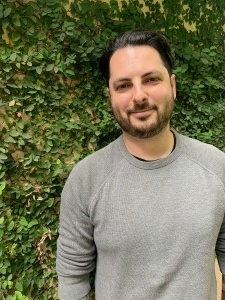
As Alex mentioned, we see all the waves in the beginning. It’s a tedious process to hit all of those, but it really pays off to cut each individual wave. It may seem strenuous, but if you look at the bigger picture, it really adds a lot of character to the environment, a lot of texture that helps us bring life to the ocean rather than it just being a static water background.
Then for the boat, we really wanted to make it feel like it was a character. And, because Frank and Leo are deaf, they can’t really hear how the boat is functioning – mechanically, how healthy it is. We wanted to make it start to feel like it’s deteriorating as the film goes on because they can’t hear the sound of the engine; they can’t hear the rattles of it slowly falling apart. We didn’t want to make it feel like it was dying, but it wasn’t a healthy engine; it wasn’t a new boat so we needed to make sure that that message came across.
AF: Martin gave us a lot of boat tracks to work with, and with the sounds from Russell, we decided on the dub stage what it was that Sian was looking for – that the boat would actually have a subtle story of its own, that it was starting to feel/sound sick. That was a slowly progressing problem but our non-hearing characters couldn’t hear that, couldn’t feel that.
Toward the end, there were a lot of lower elements introduced into the engine sound. Russell cut us a lot of effects while we were mixing, in terms of trying to fill out the lower end of that boat, to feel the rattles and the unhealthiness of it.
RT: When the coast guard shows up later in the film, we wanted it to sound really chaotic. It’s one of the scenes where we cut to the deaf perspective of Frank (the father, played by Oscar-winning actor Troy Kotsur) and Leo (the son, played by actor Daniel Durant). They couldn’t hear anything or anybody that approached. So it was that difference between the chaos of the Coast Guard’s arrival and the peaceful feeling of their fishermen’s life.
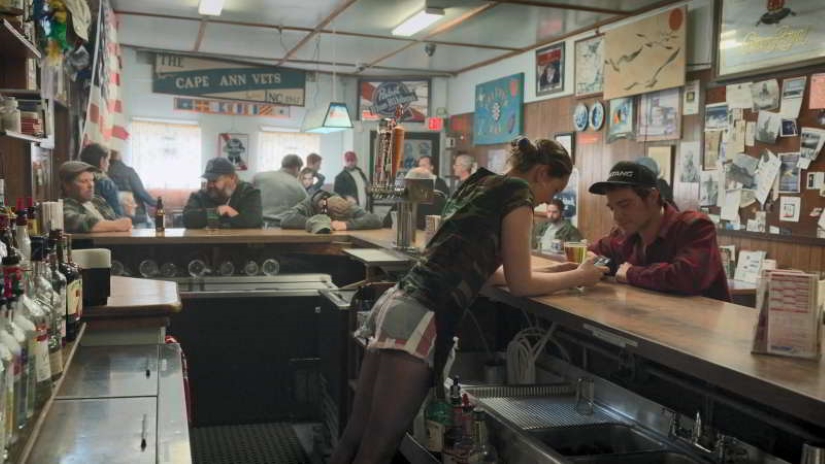
You also mentioned reworking the bar scene ambience. Can you talk about your changes there?
RT: We cut some new punches, and then we added some walla and group to make it feel more east coast with that Boston accent, to make it pop through in order to localize the bar. We added more textures to make it feel like we were there.
AF: We added some different glass clinks. We didn’t want it to feel too busy. We wanted it to feel real and rooted in the reality of the fishermen, so it was a little gruff.
For the fight hits, we didn’t want them to be big, Hollywood hits. I wanted it to be more like bar fight hits. So we worked on making sure that those felt painful, but not over the top.
…we added some walla and group to make it feel more east coast with that Boston accent, to make it pop through in order to localize the bar.
RT: Yeah, they’re not the “swish, bang” Hollywood punches. And this is a local bar, so it’s not going to be packed. It’s going to be your townie guys after a day of work, going for a beer.
AF: In the mix, we set a base level of walla and then wove in some of the east coast loop group as accents. They’re a little louder, even in their calm state, so there are some peaks and valleys there.
Everybody in the bar sort of hushes when the patron at the bar starts to make fun of Leo.
In the mix, we set a base level of walla and then wove in some of the east coast loop group as accents.
RT: What I love about that scene isn’t so much a sound thing; it was related to the story. All the locals in the bar are really supportive of Leo and take his side rather than being mad at both of them and kicking both of them out for fighting. They really defended Leo because he was unable to hear and was being bullied. So that was really a nice thing to see. I’m glad that we were able to contribute to that.
AF: Martin handled all the loop group before we came onto the film. We added some sounds on the stage, as well. And we cut in the sounds from Russell, which were beds and reactions that were more east coasty.
All the loop group was recorded during the pandemic. My group tracks were wide and varied. So it was a little bit of a dance to get it all to mix together. Russell gave us some really good glue for that in the scene.
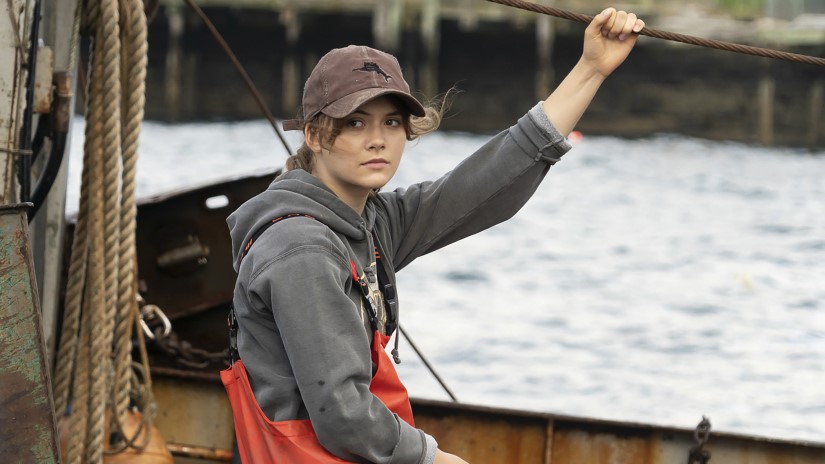
Actress Emilia Jones (who plays Ruby) is singing in the film – was that production, or playback? What were you working with in the mix, and what were some things you did to make it feel in situ?
AF: There was a music producer, Nick Baxter, attached to the project. He was there on set setting up all the records with the actors so they had multiple mic options. They also did some recording in the studio as well.
So, sometimes we would go from production into these recorded tracks; we’d let it lead us in. Then sometimes we used just the recorded tracks. We typically used a combination of production and recorded tracks to take us in and out of musical moments. But having the music producer there, going from set to post, was really helpful. He was on the stage with us, as well.
We typically used a combination of production and recorded tracks to take us in and out of musical moments.
Nick Baxter did a ton of pre-work in selecting the tracks and options for us to have on the stage.
He worked closely with his team who edited the singing so that it felt real and everything was really well synced to picture.
Then on the stage, we surrounded it with environment and, of course, attached the correct reverb for it. Especially in the opening scene, we wanted to have slap but not too much slap because there’s not too much for it to slap off of besides the water when we’re on the ocean. So it was choosing the right treatment there.
…Nick Baxter recorded an IR for the swimming hole, so that reverb there was authentic.
It was the same with the theater. It had been pre-mixed with some nice theater reverb, and then I put on another 5.1 reverb so we felt more rooted in it.
I also wanted to mention that Nick Baxter recorded an IR for the swimming hole, so that reverb there was authentic. There was a lot of pre-production thought put into the sound. Everybody brought everything to this table, sonically. I think that that’s why it turned out to feel so realistic and so textural.
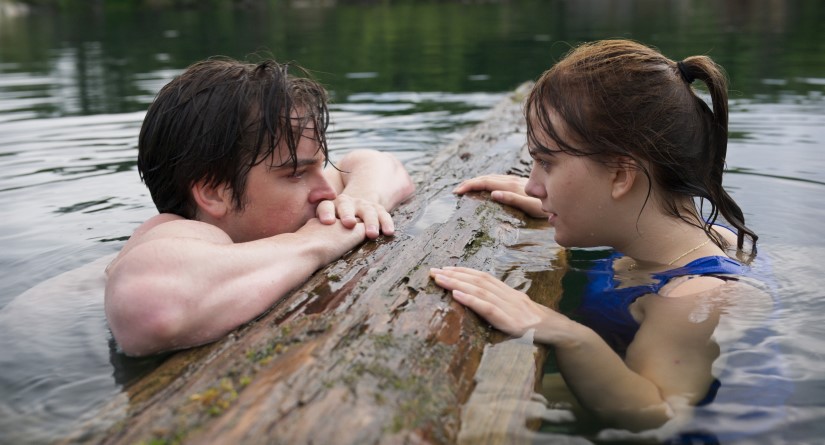
The swimming hole must have been tough for production sound because the actors are jumping off a cliff and yelling, and swimming. I wonder where they put the mics. I’m picturing boom mics hanging from the trees like Christmas ornaments…
AF: That was probably one of the more challenging scenes, dialogue-wise, especially when the actors were crawling up the side of the rock face before they jump. That was a little challenging because the shot was pretty wide and they couldn’t get close because that was a practical space and there was only room for one person to stand there. So, that was a little difficult to work on.
I think they did have to get creative with the production sound recording on that scene. Production sound mixer Jared Detsikas is really humble when you talk to him. I thanked him for getting such a clean sound. Often with production when we’re trying to push a quiet sound, we’ll get a lot of noise with it. But I was not experiencing that with Jared’s recordings. So as I was thanking him for this, he was very low key about it, like, oh, it’s just all part of the job.
Often with production when we’re trying to push a quiet sound, we’ll get a lot of noise with it. But I was not experiencing that with Jared’s recordings.
I have to thank him for his excellent job of recording the signing movement sounds of the deaf actors. Normally, you try to avoid getting cloth movement on the production recordings, but in this case, we wanted these subtle sounds the actors were making as they were signing. I was so grateful that we had that in the mix. Martin’s team covered the foley for that, and it was great (we used it in the mix); depending on the emotion of the scene, we’d use either just production sound, or production with layered foley, just to get the movements to portray the right feeling.
Of course, when the characters are expressing more amplified emotions, like when they’re upset, we used the foley to support that. It would help us to make these hand hits and gestures more present. But in the quieter, softer moments, we just wanted to hear a delicate amount of movement for the signing.
…we wanted these subtle sounds the actors were making as they were signing. I was so grateful that we had that in the mix.
Luckily, we had that choice. We could switch between just production, or production supported by a foley, or just foley if we didn’t have the production. We were really fortunate to have all of that on the stage.
The actors’ breaths, too, were captured during production. So when they’re expressing amplified emotions – like Frank at the town hall meeting with the fishing community – that’s mostly production, though sometimes it was supported by group.
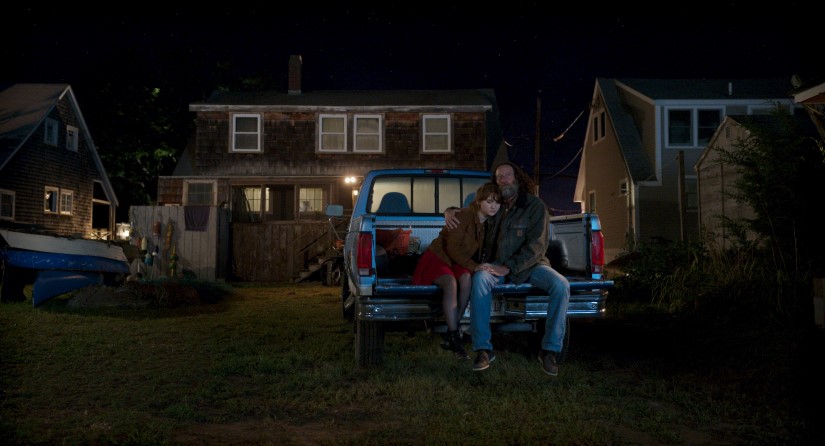
Let’s talk about the pickup truck scene in which Ruby’s dad Frank is playing rap music. You really nailed the sound of that! Did you do some field recordings of speaker rattles? Did you add some massive distortion to the music in the mix?
AF: There were actually multiple versions of that. It came to us with some raw rattles and things but it wasn’t quite in time with the music. So we decided to do a pass on that, too. Russell can fill you in on what he added there.
RT: I managed to find a bunch of different truck rattles and thin metal rattling sounds that were generated by a sub frequency. That gave it the specific rattle that we needed rather than just a shaking or moving of things. It was basically just hunting and finding the right sound. It actually took me a while, but I think it worked!
AF: It turned out to be a combination of elements – the sounds that Russell gave us were so great because it was so specific to the truck’s personality. The truck was old and rattling. I think, Russell, that you also gave us a little hint of suspension. So as the speakers are rattling, it’s also moving the truck.
Also, Nick Baxter, working in his studio, had sent the sub frequency through a tray on which he put a bunch of glasses, so they’re rattling to the beat as well. So we had that element.
It was an interleaving of both of these elements that really help you to believe this truck and everything inside of it are bouncing to that bass.
It was an interleaving of both of these elements that really help you to believe this truck and everything inside of it are bouncing to that bass. You feel it.
The perspectives there were difficult, too. We worked on the truck’s approach in depth, deciding what to hear first: the bass, or rattles, or both because Ruby sees or feels the truck coming and then the other students turn to look. It had to be loud enough on the initial approach to cause a scene.
But then Ruby turns it down and they sign. That balance was difficult because we wanted the feeling of her turning it down, but still bassy enough to warrant the continued rattles, and then still have it boom away. So that was one of the moments that we spent a lot of time on. It was a bit of a frequency shuffle.
[tweet_box]Behind the Sound of the Oscar-winning film “CODA” — with Alex Fehrman and Russell Topal[/tweet_box]
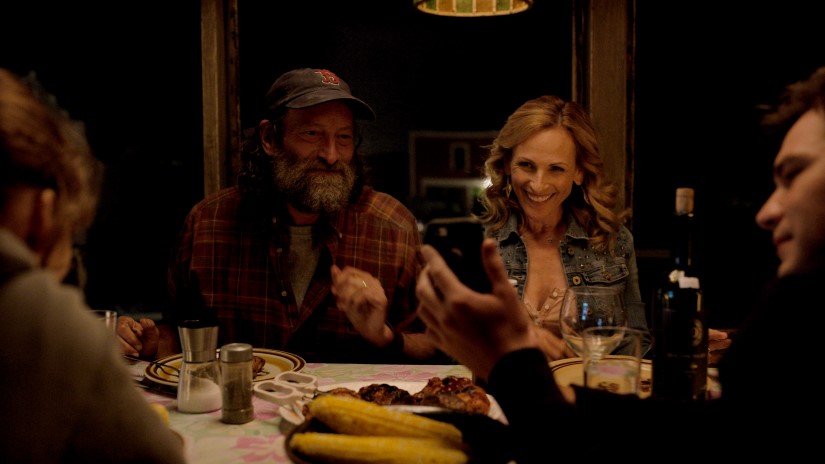
Can you talk about the cacophony of domestic sounds as Ruby is trying to do her homework? The sound there is very nerve-grating (as it should be!). What went into that scene?
RT: I think that was primarily there. Martin did a really good job with all that stuff. It’s just funny because the family had no idea how loud they were being. And I guess that’s the whole point.
The scraping of a grill is not a pleasant sound and the plates have such a trill property to them. It is really unpleasant to hear.
AF: Martin definitely gave us a ton of material for the scraping of the grill, for the plates, and everything. There was quite a bit of production sound, too. A lot of that grill was authentic grill from the set, just sweetened with the brush sounds.
…we were focusing on one loud thing at a time, and then the other sounds fell away…
We spent a lot of time in the mix on that scene, too, trying to work out what is too much. We want it to be annoying, and comical, but not overly or unrealistically comical – just that this is her reality and it’s annoying. That’s the comedy, that they don’t know, but we didn’t want it to make fun of itself.
For the Tinder conversation, we tried on a few different options there, too. We had to make sure that the swipes for good and for bad were correct, which led to a few funny stories on stage.
For that scene, we ended up in a place where we were focusing on one loud thing at a time, and then the other sounds fell away so that we could feel the different things that created this noisy situation. We featured the grill scraping, then we featured the activity going on in the kitchen, then we featured the plates, and everybody coming together. And then the focus shifts to the phone.
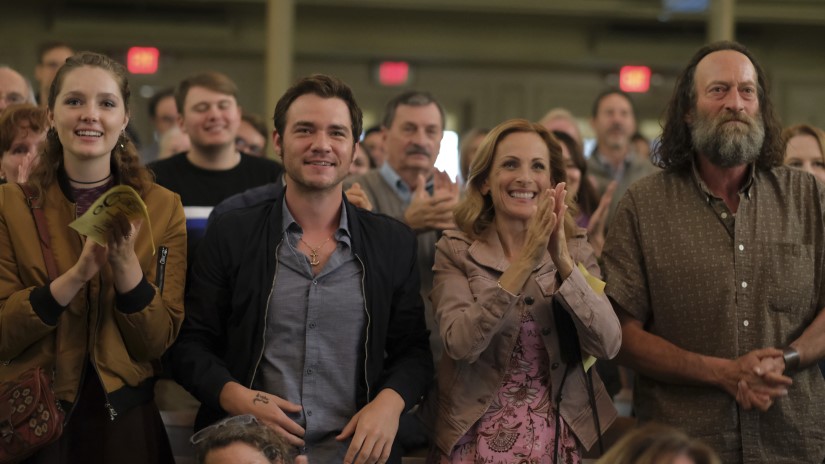
What was the most challenging scene to mix? Why?
AF: That was probably the big performance at the high school because Sian had this idea since the picture editorial that she wanted to go completely silent at certain moments.
It’s a difficult task to go from 5.1, all-encompassing, giant sound to nothing – in terms of just getting out of it because it feels so strange to go from all of that sound around you to nothing.
I had suggested that we maybe do a low rumble. I asked Russell to provide some sound design there because I was a little nervous about going to completely nothing for that long. It was like a two-minute stretch, I think.
It’s a difficult task to go from 5.1, all-encompassing, giant sound to nothing – in terms of just getting out of it…
I also thought maybe if we just rolled off some people muffled in the background or maybe if we kept just the bass in because maybe they could feel the bass. I tried a few things like this on the stage, but Sian really had her heart set on going completely silent.
I’m really glad that she did because that’s a moment that everyone brings up in terms of sound because it is impactful; it’s uncomfortable. It’s purposely uncomfortable to go to that much silence and it really helped people understand the deaf perspective – how strange it is that everyone around you can be feeling this entire musical number but you can’t relate.
That was challenging for me because it was uncomfortable for me, just like it was intended to be for the audience.
That’s difficult to do mix-wise – so that it’s not jarring…
RT: I think it works best exactly the way you did it, Alex, with no rumble or anything just. That’s difficult to do mix-wise – so that it’s not jarring and it’s as seamless as you did it. So props to you for handling that. It’s really well done.
AF: Thanks, Russell. I tried about a million fades. The idea is definitely all Sian’s genius. She challenged me to make that work, to make that happen.
Also, the coast guard scene was a difficult mix, too, because we went back and forth on when to shift into Frank’s and Leo’s perspectives. We wanted to make sure it was loud and upsetting and chaotic, and then we wanted a moment for there to be a sudden shift into their perspective with only “felt” sound.
We tried a few different options there. That was a little bit of a difficult mix, especially because it was so layered. It was so well-prepared editorially – both by Martin’s team and by Russell – that we had a lot of elements playing there. We had to figure out what things to feature and then when exactly to shift perspectives.
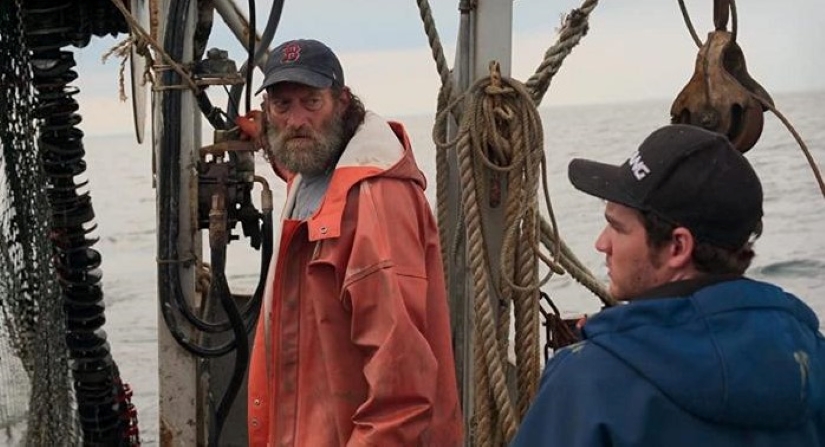
Russell, what was the most challenging scene in terms of sound editorial for you?
RT: I’d say it was the transition for the boat, to have that slowly start to deteriorate. It was very delicate because we didn’t want it to be comical or over the top, as though it was about to fall apart. We wanted it to slowly start to diminish in quality.
Another challenge was to keep the school walla and crowds realistic without them being too much. We needed just the perfect amount of people there. It could easily become a cacophony of footsteps and chatter and lockers. It was a very sensitive environment because there weren’t too many people there. It’s not a busy town, but we wanted to keep it alive. We wanted to hear it off-screen when they’re in the classroom, but we didn’t want it to take your focus away from the classroom since that is where Ruby finds herself. That’s an important location so we wanted the intimacy, but the environment still need to feel alive.
It’s not a busy town, but we wanted to keep it alive.
The coast guard scene was really fun when they stormed the boat and it was really intense.
Also, when Ruby is acting as an interpreter for her parents as they’re being interviewed by the local news station about their branching off to sell their own fish, we talked about how that’s difficult for Ruby. She’s in a bind emotionally. She doesn’t know what to do – stay and help her parents or do something for herself because she is missing her vocal lessons with her teacher. So it was tricky to portray that and have the environment be busy, but still have the focus on her internal struggle.
Also, it’s raining so that complicates everything.
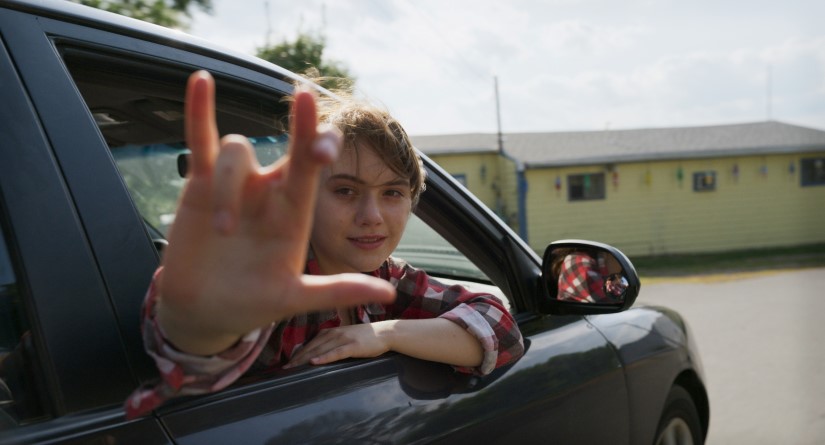
Overall, what was unique for you in terms of your sound work on CODA?
AF: It was probably the signing. I haven’t mixed something like that before. It truly is a different language, and I didn’t want to miss any subtleties. We had to pay attention to communication cues that were in a language that I don’t know. It was a delicate balance to make sure that emotions were felt, and that sound represented what they were conveying with their hands. So that was probably the most unique part about it for me.
…I didn’t want to miss any subtleties. We had to pay attention to communication cues that were in a language that I don’t know.
RT: I love backgrounds and ambiences and environments; any chance I get to contribute to the creation of rich backgrounds in worlds is always really fun for me. Creating or adding to Ruby’s world at home versus school versus the lake, and then out on the open ocean was really fun. And it was challenging because we didn’t want to be over the top.
Also, in creating the difference between Ruby’s perspective and her parents’ perspective, we didn’t want it to be overwhelming. So that was a cool challenge.
AF: I’d just like to add that it was such an incredible experience working with Sian, on such a moving film, in the midst of COVID, when we needed it the most.
A big thanks to Alexandra Fehrman and Russell Topal for giving us a behind-the-scenes look at the sound of CODA and to Jennifer Walden for the interview!


